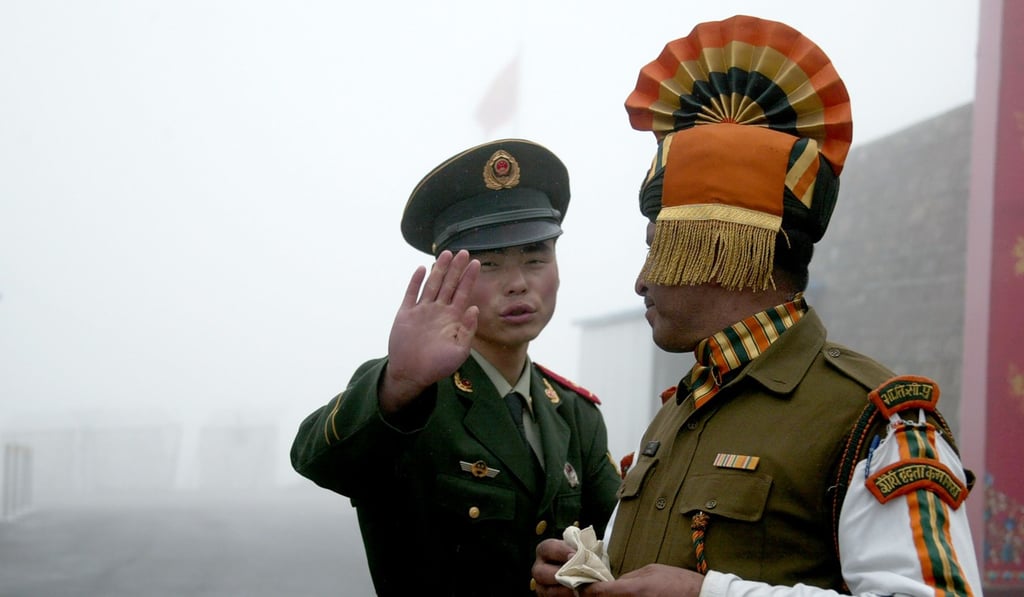China builds up troop numbers close to Indian border flashpoint as soldiers prepare for first winter near Doklam
Analysts say Beijing is trying to pre-empt problems down the track by strengthening its presence in Himalayan frontier region

China has started building up its military forces near the Doklam plateau – the site of a protracted stand-off early this year, Indian media has reported.
Analysts suggested the development would allow China to tighten its control of its borders and prepare for any future problems in the region.
It is also improving its military infrastructure, including new mortar and gun positions, at a site between five and 10km from the site of this summer’s two-month stand-off, Indian media reported, citing satellite imagery acquired on December 3.
The images also show the presence of at least nine three-storey buildings and almost 300 large vehicles, suggesting that almost a whole troop division had been stationed in Yadong county in Tibet.
China has also deployed troops 50km further away in the Chumbi valley, where the borders of India, China and Bhutan meet, according to the report by Indian news portal ThePrint.
